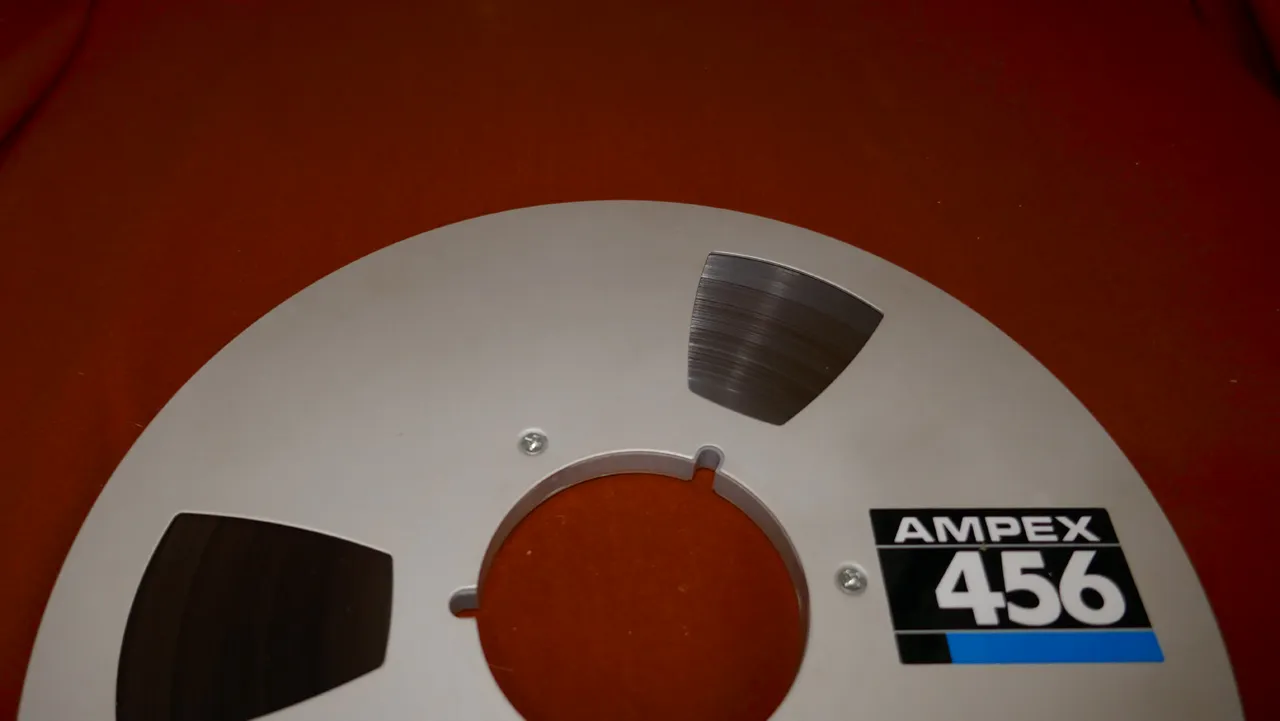
One of my hobbies and passions is everything related to good sound. Those vibrations that people like so much, that make our emotions fly, relax our soul and invite us to move our body.
My preference is audio for home use, reproduced by old equipment, by analog sources, where High Fidelity sound is the most important thing.
So, today I share with you my collection of open audio reels.
Of all the analog audio sources that were created, the one that offers the best sound quality is the open reel magnetic tape; created for the reproduction and recording of sound vibrations.
The genesis of these tapes dates back to 1927, when Austrian-German engineer Fritz Pfleumer added iron oxide, bonded with lacquer, to thin paper tapes.
Later, in 1935, the multinational chemical company BASF began using plastic tapes with ferromagnetic particles.
Over time, the materials used were improved to provide them with greater magnetic holding capacity and durability.
The initial use of this type of tape in Germany was in World War II, used for voice recording.
Not all tapes record sound with the same quality. That is why there are different types of tapes, depending on the materials they incorporate. Example: normal tape, chrome tape, among others.
Some of the brands of tapes in my collection are:
- Maxell, ORWO,TDK, BASF, Sony, AGFA, Ampex
Others:
- Technics, Tascam, Pioneer
Maxell
Hitachi Maxell, is a Japanese company that emerged in 1960. It has been dedicated to the manufacture of electronic products for mass use. Example, batteries, magnetic tapes and optical discs.
ORWO
German company based in Wolfen, which since 1964 has been engaged in the manufacture of film for photography, cinema and audio tapes.
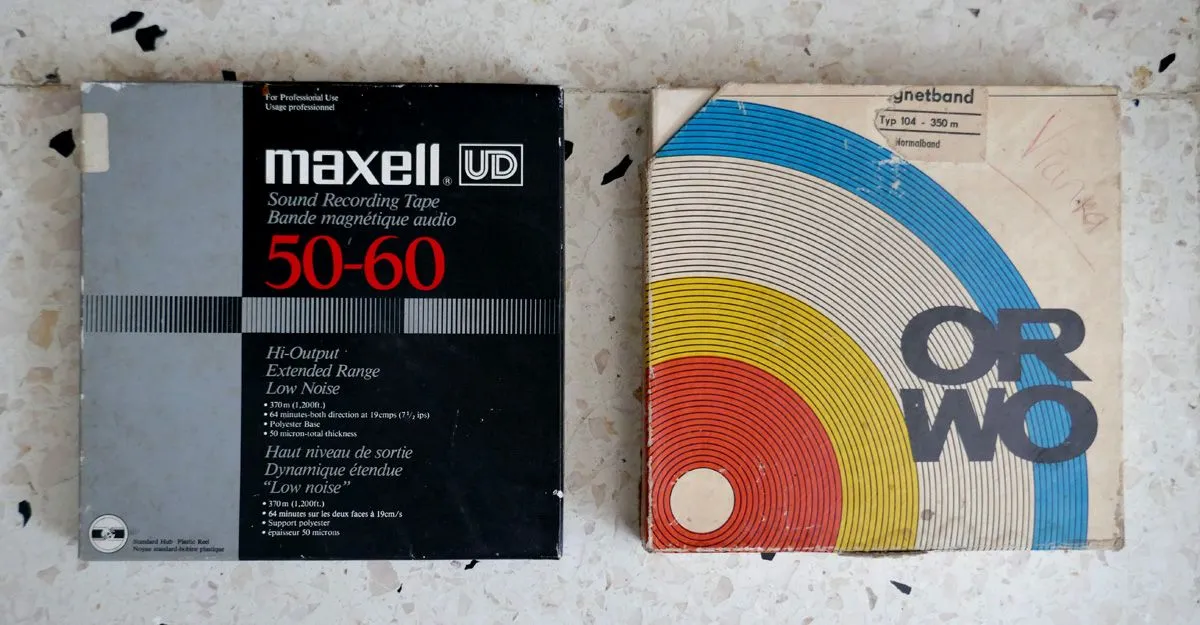
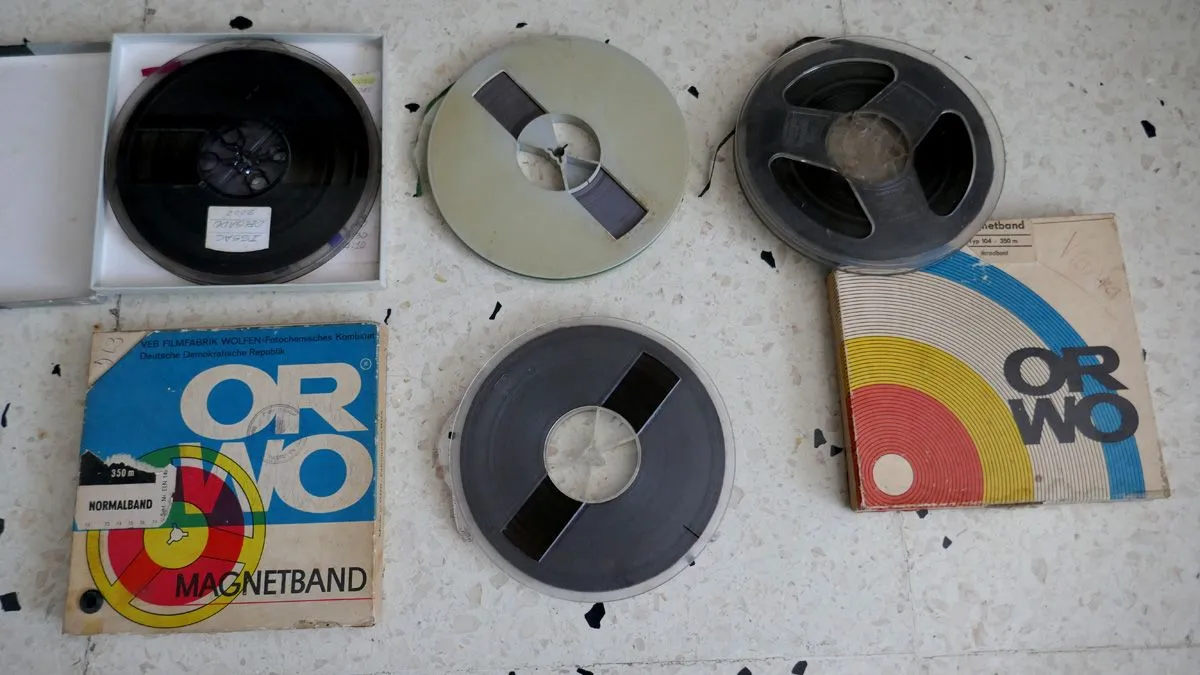
TDK
TDK Corporation, and in its early days TDK Electronics Co., Ltd. Japanese multinational founded in 1935, for the creation of electronic items, magnetic and optical media.
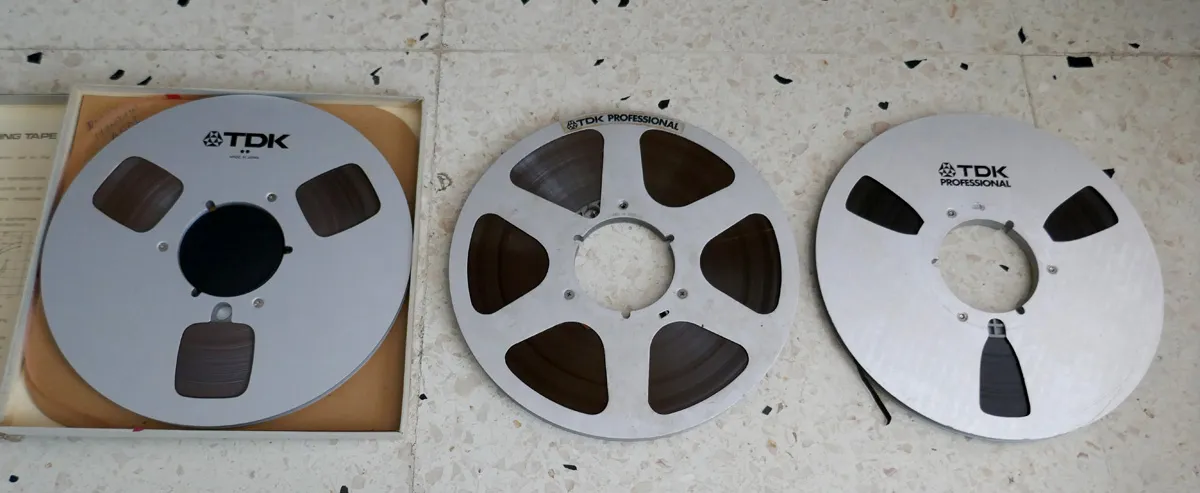
BASF
Multinational of German origin, created in 1865 in Ludwigshafen. Dedicated to the chemical industry, it began manufacturing pigments for jeans. Later, magnetic tapes for tape recorders, among other things.
Exhibited its first plastic tapes at the Radiotechnical Exhibition in Berlin in 1935.
He popularized the use of polyester-based tapes. This provided strength and prevented the tape from breaking due to stretching.
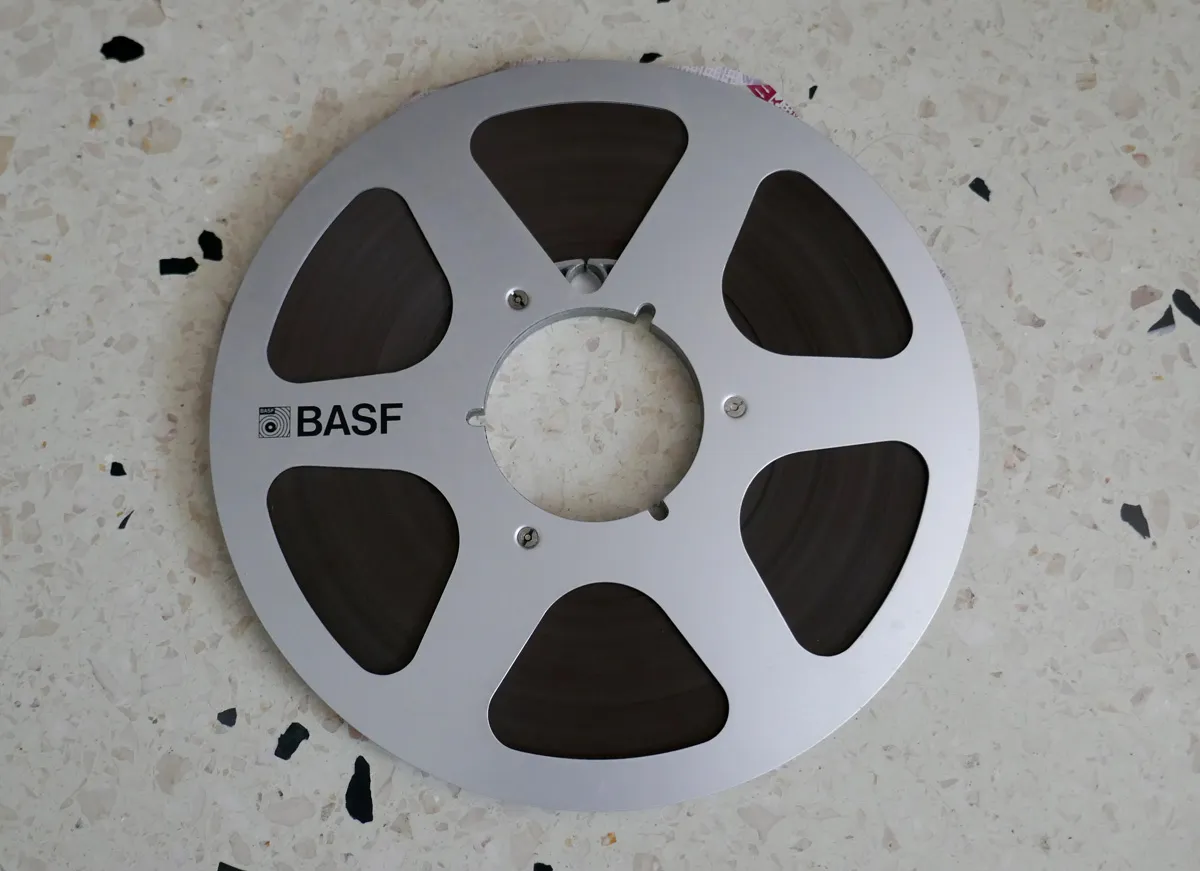
Types of reels according to their size:
Currently, the reels most commonly used by audiophiles are 7-inch reels, and preferably 10.5-inch reels.
Also, in portable tape recorders, small 3-inch reels were used, mainly for journalistic use.
In Germany, the 5-inch and 5.7-inch reels were frequently used.
The 10.5-inch coils, also made of metal, have a large central hole, to which we must attach it to the tape deck by means of a NAB Hub adapter, which can be made of plastic or metal.
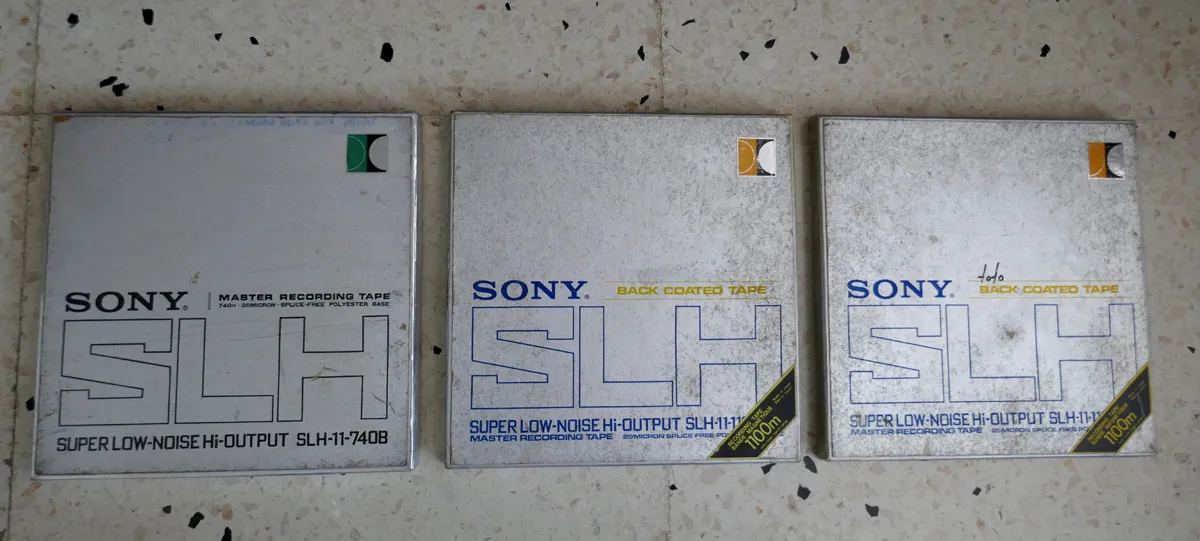
Sony
Japanese multinational company, founded in 1946, in Tokyo (Japan). World-renowned manufacturers of electronics: audio and video, photography, computers, video games, cellular telephony, etc.
AGFA
German company created in 1867, dedicated to the production of chemical compounds for photography, and later extended to magnetic tapes.
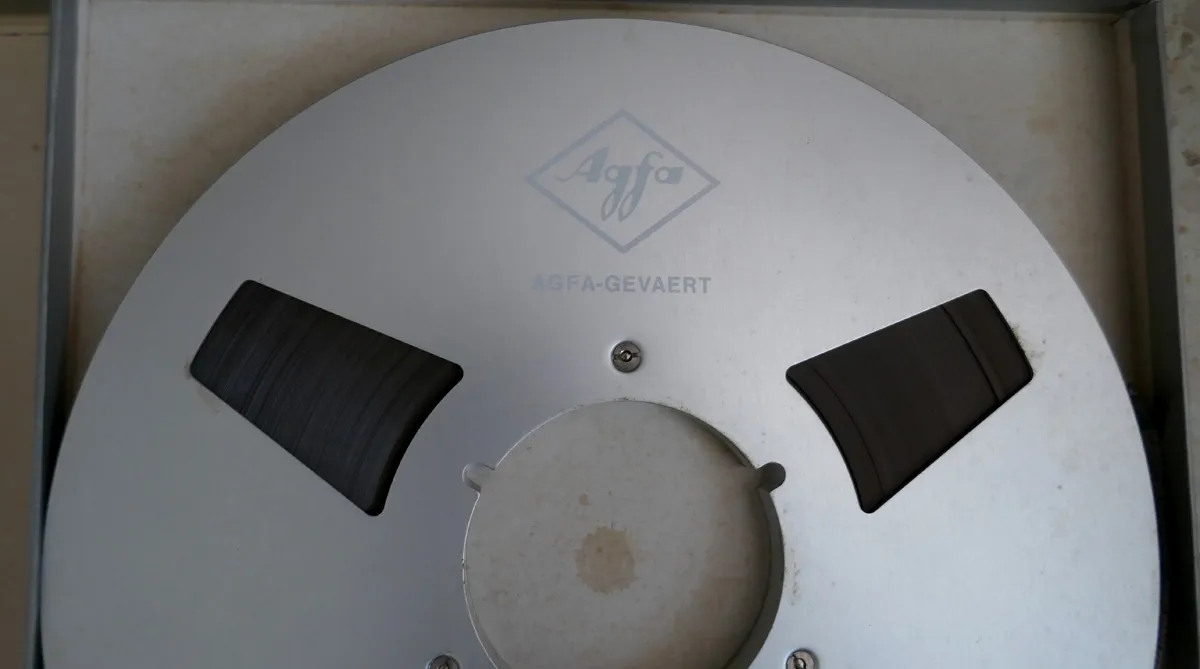
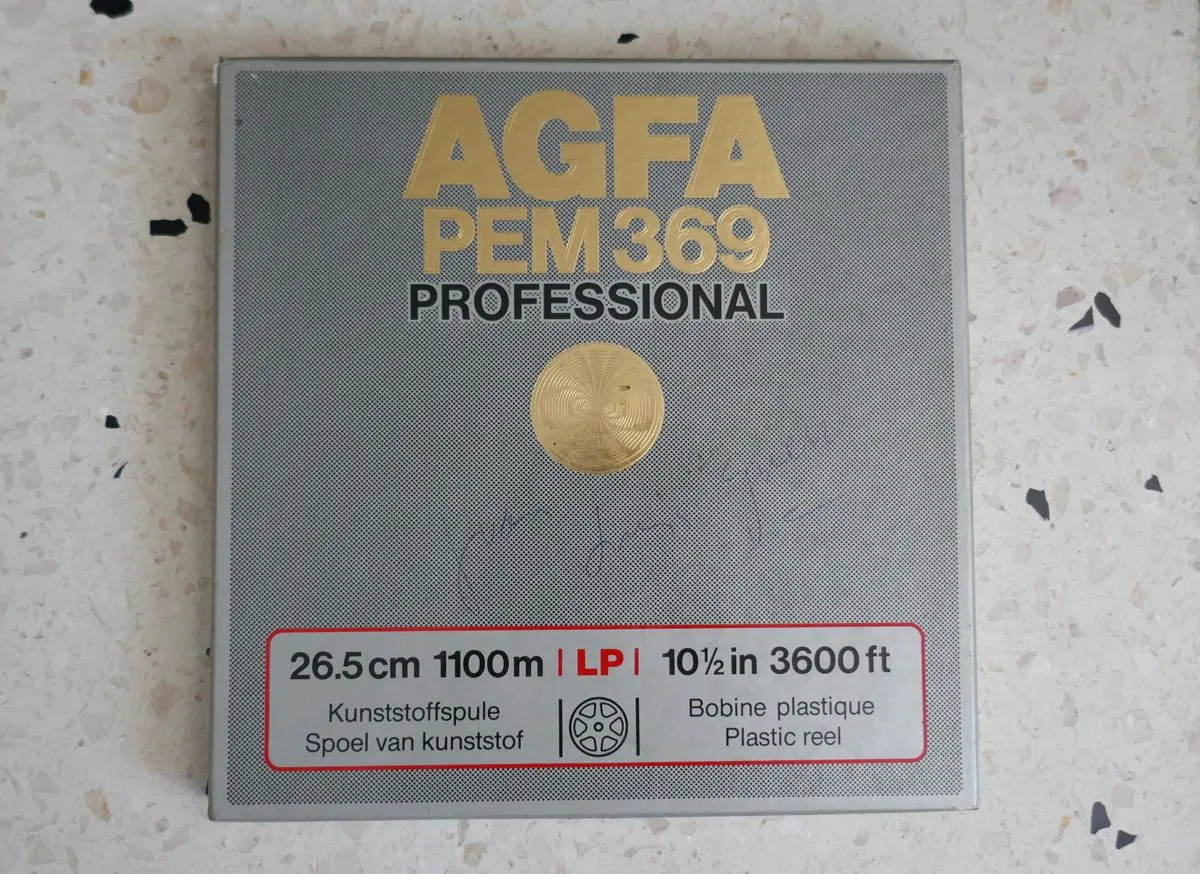
Ampex
American electronics company, founded in 1944.
In 1950, marketed one- and two-track tape recorders, with ¼-inch tapes. They used wider tapes in 3- and 4-track equipment.
By the end of 1959, Ampex tapes were in great demand around the world, by major recording studios.
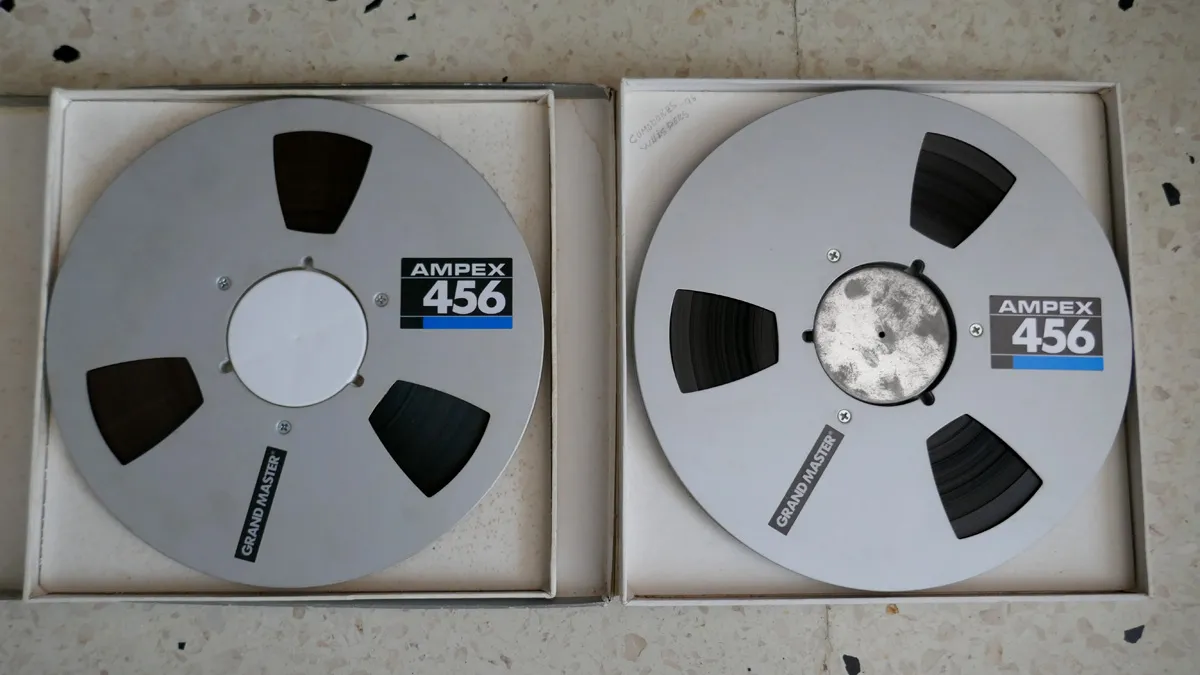
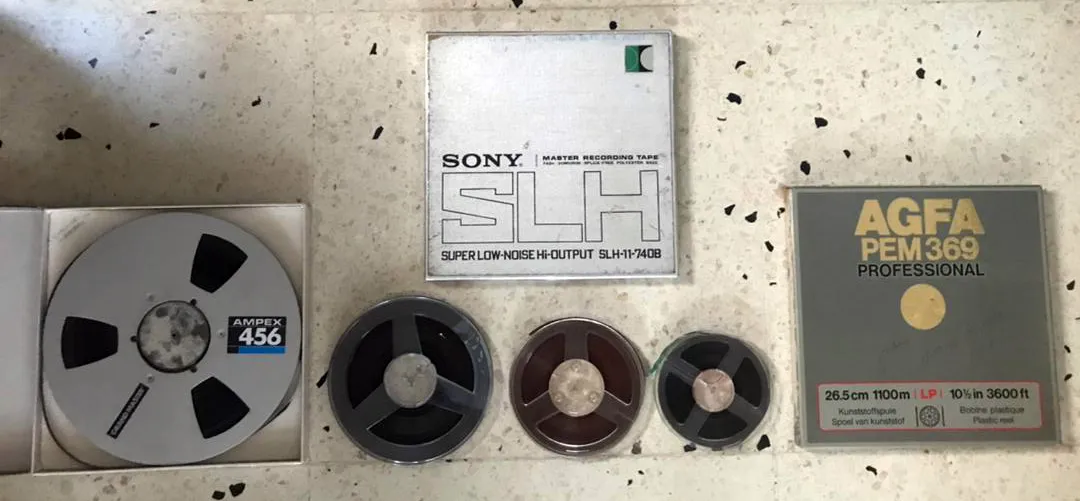 Most commonly used reel diameters: 10.5, 7, and 5 inches. But there are smaller and larger sizes
Most commonly used reel diameters: 10.5, 7, and 5 inches. But there are smaller and larger sizes
Friends, there are blank magnetic tapes and also factory engraved ones. Every day it costs more and more to acquire them in the market and their price is increasing.
Seeing these reels spinning, almost a century old, and feeling the music they deliver, is something magical and pleasurable. Therefore, they could not be missing in my favorite collections.
I wish you a nice Friday. Greetings from Havana.

Own photos. Camera: Panasonic Lumix model DMC-ZS100
Text divider. Free use from @eve66
Text by Andrés Brunet
Thank you for reading
Welcome your comments
Infinite greetings!